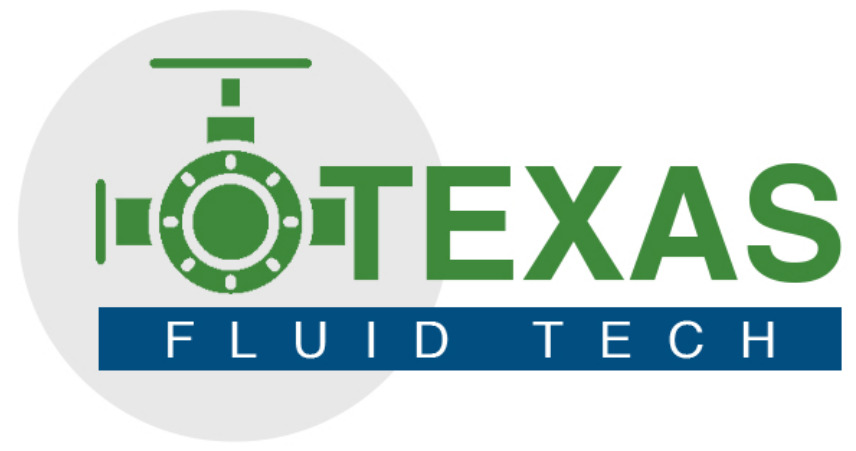Description
Ball Type Check Valve Description
Ball check valves are a type of one-way valve that uses a ball to control fluid flow. They allow fluid to flow in one direction but prevent backflow in the opposite direction. Ball check valves come in a variety of designs and sizes to suit different applications and operating conditions.
The key components of a ball check valve are the ball, seat, body, and spring. The spherical ball inside the valve acts as the checking mechanism. It is typically made of metal, plastic, or rubber. The ball sits inside the valve body and seals against the valve seat when in the closed position. This prevents backflow and redirects the fluid through the valve.
When fluid flows through the valve in the forward direction, it pushes the ball off the seat, allowing the fluid to pass through unobstructed. Once pressure equalizes or reversed flow occurs, the ball is pushed back onto the seat by a spring, gravitational force, or downstream pressure, closing off the flow.
Ball check valves are simple, durable, and reliable. They have low maintenance requirements and can handle high pressure, temperature, and viscosity conditions. Key benefits include straight through flow for reduced pressure drop, full bore design, fast acting capability, and low cost. They are commonly used in applications such as pumps, compressors, hydraulic systems, steam lines, and wastewater treatment.Learn how ball check valves operate to prevent reverse flow in piping systems.
Ball Type Check Valve Specification
• Valve Type: Ball check valve
• Valve Size: 1/2″ NPT, 3/4″ NPT, 1″ NPT, etc.
• Body Material: Brass, Carbon Steel, Stainless Steel, Plastic
• Ball Material: Brass, Stainless Steel, Chrome Plated Brass, Plastic
• Pressure Rating: 150 psi, 300 psi, 600 psi, etc.
• Temperature Rating: -20°F to 450°F, -20°C to 232°C, etc.
• End Connections: Threaded (NPT, BSPT), Socket Weld, Flanged
• Flow Direction: Horizontal, Vertical Up, Vertical Down
• Checking Angle: 5°, 10°, 15°, etc.
• Crack Pressure/Opening Pressure: 0.5 psi, 3 psi, 5 psi, etc.
• Close Pressure: 0.25 psi, 2 psi, etc.
• Full Bore/Reduced Bore: Maximum CV Value or Pipe Size
• Body Design: Two-piece, Three-piece, Monoblock
• Seat Material: PTFE, Delrin, Stainless Steel
• Certifications: MSS SP-110, MSS SP-80, CE Marked
Ball Type Check Valve Features:
• Full Bore Design – Maximizes flow rate by allowing unobstructed flow when open. Reduces pressure drop.
• Compact Size – Smaller and lighter than flap type check valves. Takes up less space.
• Straight Through Flow – Allows smooth fluid flow in open position for reduced turbulence. Minimizes erosion and valve wear.
• Fast Acting – Ball reacts quickly to reverse flow, providing tight shutoff. Prevents backflow and slamming.
• Low Maintenance – No pin hinges or bearings. Self-cleaning and operates without lubrication.
• Weatherproof – Suitable for outdoor and submerged applications. Protects against weather damage.
• Variety of Materials – Available in brass, stainless steel, cast iron, and plastic. Offers corrosion resistance.
• Bi-directional Flow – Some ball check valve designs allow flow in either direction. Provides versatility.
• Easy Installation – Compact inline design enables easy integration into pipelines. Threaded or flanged ends available.
• Cost Effective – Simple mechanism with no moving parts makes ball check valves affordable. Good for budget applications.
• Reliable Operation – Proven high cycle life with minimal wear. Handles frequent system operation.
Ball Type Check Valve Applications:
• Pumps – Used to prevent backflow and protect pump impellers from reverse rotation. Useful in water pumps, booster pumps, centrifugal pumps.
• Compressors – Installed on the discharge line to hold pressure in the system when the compressor cycles off.
• Hydraulic Systems – Prevents reverse flow and loss of pressure in hydraulic circuits. Used in cylinders, motors, presses.
• Steam Lines – Prevents condensate from backing up into steam lines, maintaining steam quality.
• Chemical Processing – Protects against backflow of corrosive chemicals. Handles high temps and pressures.
• HVAC Systems – Used in chillers, cooling towers, boilers to only allow one-way flow.
• Plumbing Systems – Added to supply lines as backflow prevention for fixtures and appliances.
• Wastewater Treatment – Prevents untreated water from reversing flow back into processes.
• Fire Protection Systems – Ensures water only flows one way in fire sprinkler lines to protect life and property.
• Irrigation Systems – Stops water from draining out when system is shut off and prevents contamination.
• Petrochemical – Useful in transferring corrosive or volatile fluids between storage tanks and processes.

